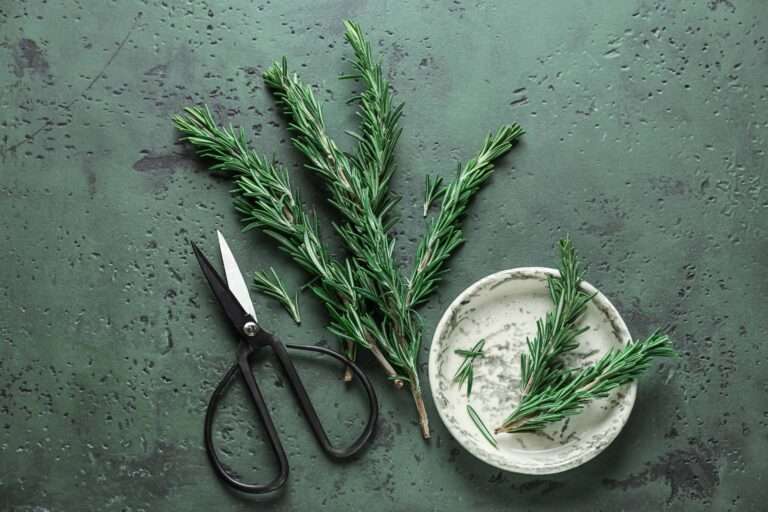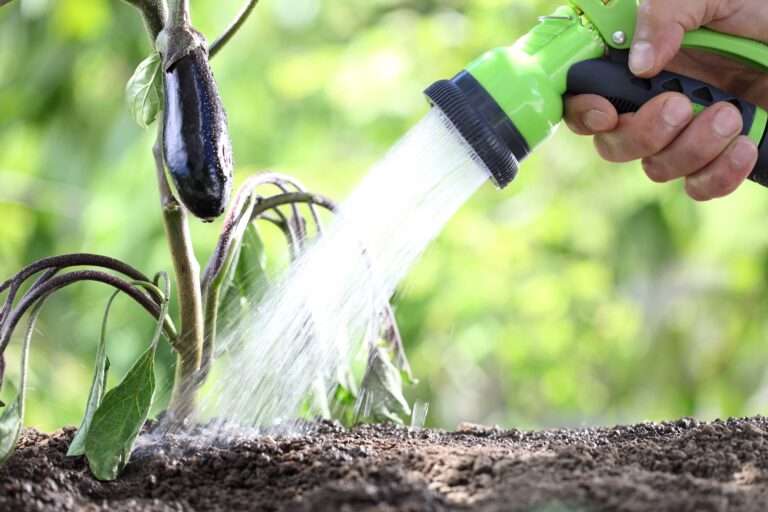
Autumn is an excellent time of year for gardening. The weather is mostly agreeable with golden sunshine and increased rainfall. Fall gardens may be going dormant soon, but there’s still time for ripe edibles and pretty petals! Follow our fall gardening tips to get the most out of the season.
Keep up with vegetables. Many vegetables will revive and continue producing if you regularly harvest them while they are young and tender. If it’s not too late in the season, there may be time to plant a fall crop of peas and spinach.
Remember to deadhead. Late summer can turn any landscape into a mess of falling, brown plants trying for one last round of blossoms. Removing their dying portions helps them spend energy on final blossoms. It also means less garden cleanup work later in fall.
Plant cool-weather herbs. When it comes to the best herbs to grow in the fall and winter, you’ll want to check to see in which USDA hardiness zone you’re located. These zones, which are based on temperature, are key for helping gardeners understand what herbs will work best for their particular gardens.

Pick your herbs for fresh use and for drying. Most herbs have a more concentrated flavor if they are not allowed to flower and frequent harvesting will accomplish that. Harvesting will encourage them to send out fresh, new growth and keep them growing longer.
Is it time for mulch? Check your mulch. If it is decomposed, add more as needed. Organic mulch is meant to slowly decompose on your garden beds and help feed the soil. Even though you may not plan to plant over the fall and winter, keep your soil covered to keep weeds at bay.
If whole plants need to be removed, make sure to fill in empty spaces. Use mulch, layer gardening techniques, cover crops or even fall plantings. Just don’t leave the ground bare to invite weeds and pests.
Spread a mid-season layer of moist organic compost. Your plants will appreciate the extra boost to get them through the final growing months. Your soil may need some amendments, too (like a clay soil conditioner or a sandy loam).
Plant trees in the fall. The milder season is great for planting shrubs and perennials too. Keep them well watered, helping them to take root until the ground freezes.
How to make compost. If you haven’t created one already, a DIY compost pile is a simple weekend effort that will yield excellent returns. Add organic materials like rotted vegetables, plant scraps and leaves to create a mulch pile that can be used as compost later.
By the time the last of the harvest is gone from your garden, your compost and mulch will be ready to spread, enhancing the growing spaces for next year.
Don’t forget to water! The very best time to water plants is in the early morning, while it is still cool. This will allow the water to run down into the garden soil and reach the roots of the plant without too much excess water lost to evaporation.

Watering in the early morning will also make the water available to the plants throughout the day so that the plants will be able to deal better with the heat of the sun.
Watering in the evening can allow moisture to their leaves staying wet overnight can cause disease. No plants should have their leaves wet deliberately in the evening, especially disease-prone ones like tomatoes, roses and lilacs.
Enjoy the fall season!